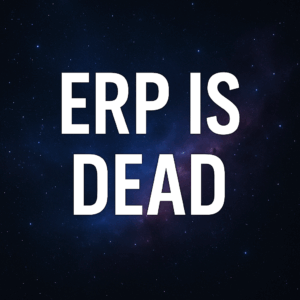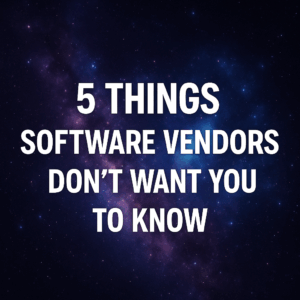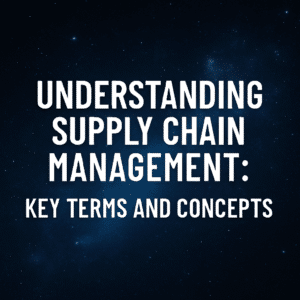Understanding a future state operating model is crucial in the foundational aspects of a digital transformation. But what is an operating model? And how does it relate to digital transformation?

When embarking on a digital transformation, establishing an operating model for a future state vision of your organization is vital. This foundational blueprint is analogous to constructing a house. Just as one would not initiate building a house without a comprehensive architectural blueprint, organizations should not start digital transformations without a clear vision. Regrettably, many organizations impulsively begin implementations, erroneously hoping that technology alone will guide their evolution. Instead, the most successful organizations delineate a clear vision and operating model. This model offers direction during the implementation, ensuring adherence to the intended path and realization of the anticipated business value from the digital transformation.
Table of Contents
ToggleValue Stream Mapping
At the core of an operating model is the value stream, which is essentially an end-to-end business process highlighting value addition across the organization. Such processes may include “order to cash,” “procure to pay,” or “hire to retire.” As part of their operating model, organizations typically evaluate the present by conducting a current state assessment of their value stream. Subsequently, they design the future state value stream, identifying potential improvement areas and envisioning the desired future state, unhindered by current systems and processes.
Business Process Improvements
Post defining both the current and future state value streams, the next step is to identify and prioritize business process improvements. This phase involves removing redundant steps, streamlining processes, and equipping teams with efficient tools. Upon assessment, organizations often find a myriad of potential process improvements. However, it’s impractical to overhaul everything simultaneously. It’s pivotal to prioritize these improvements, targeting those that offer significant business value and address immediate pain points.

Organizational Structure and Culture
Beyond business processes, an operating model encompasses organizational facets, from structural configurations to cultural nuances. Questions regarding the organizational layout, skillsets, and inter-departmental relationships arise. For instance, if there’s an intention to centralize accounting processes globally, that design must be clearly articulated. Furthermore, an assessment of existing skills, those that need nurturing, and those that need introducing, is essential. Culture also plays a pivotal role. Organizations must assess their existing culture and determine the desired cultural evolution to support long-term objectives.

Technology Roadmap
After outlining operational, process, and organizational components, it’s imperative to consider the technology aspect. Which tools and technologies will facilitate the envisioned future state operating model? This stage involves defining technology’s role in augmenting operational and organizational enhancements, crafting a digital strategy, and sketching a technological roadmap. It’s crucial to prioritize technology endeavors, focusing on areas offering the most value. While specific vendors need not be identified at this juncture, categories or types of solutions should be.
Business Benefits and Value Creation
A comprehensive operating model should include performance metrics, explicitly indicating anticipated business benefits and value creation. Every change or addition should be underpinned by its potential to add business value. Establishing improvement targets aids not only in long-term value maximization but also in short-term focus during digital transformation. Prioritization, based on expected ROI, is crucial. The operating model acts as a roadmap, guiding the various phases or iterations of digital transformation, ensuring that not just process, organizational, or technological improvements are considered, but also the expected business outcomes.

I would enjoy brainstorming ideas with you if you are looking to strategize an upcoming transformation or are looking at selecting an ERP system, so please feel free to contact me at eric.kimberling@thirdstage-consulting.com. I am happy to be a sounding board as you continue your digital transformation journey.





